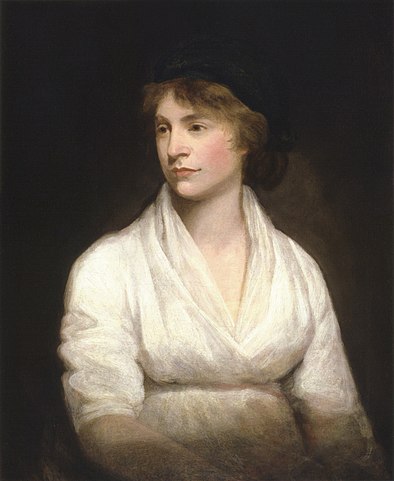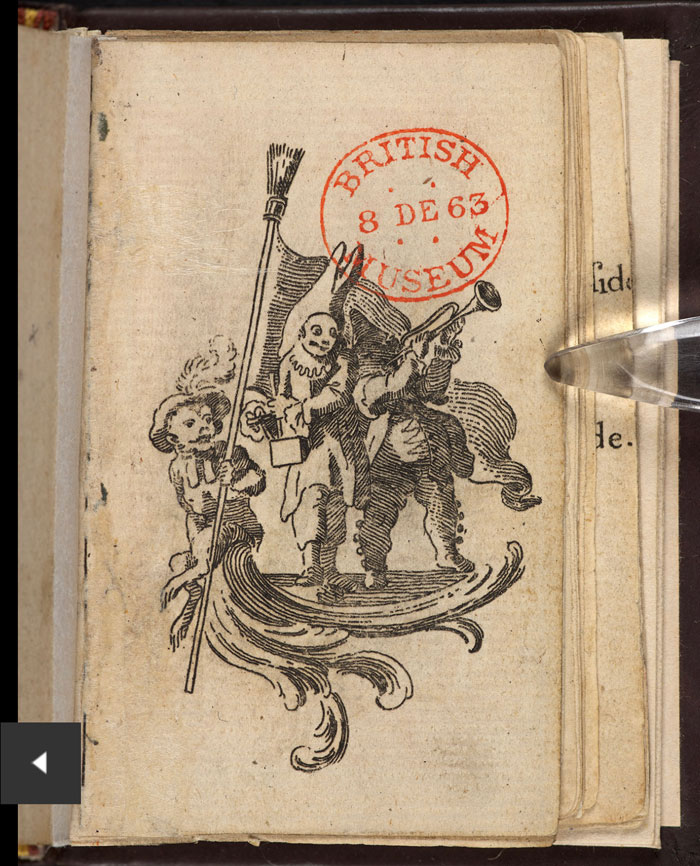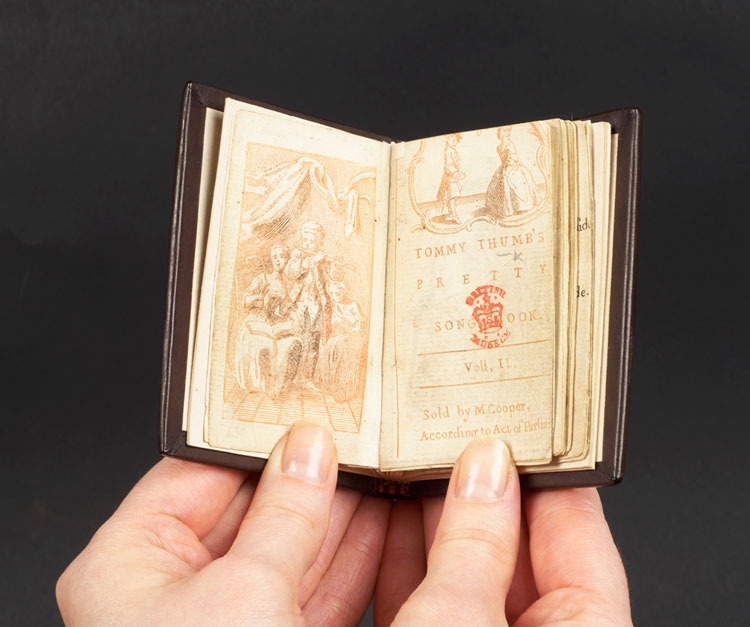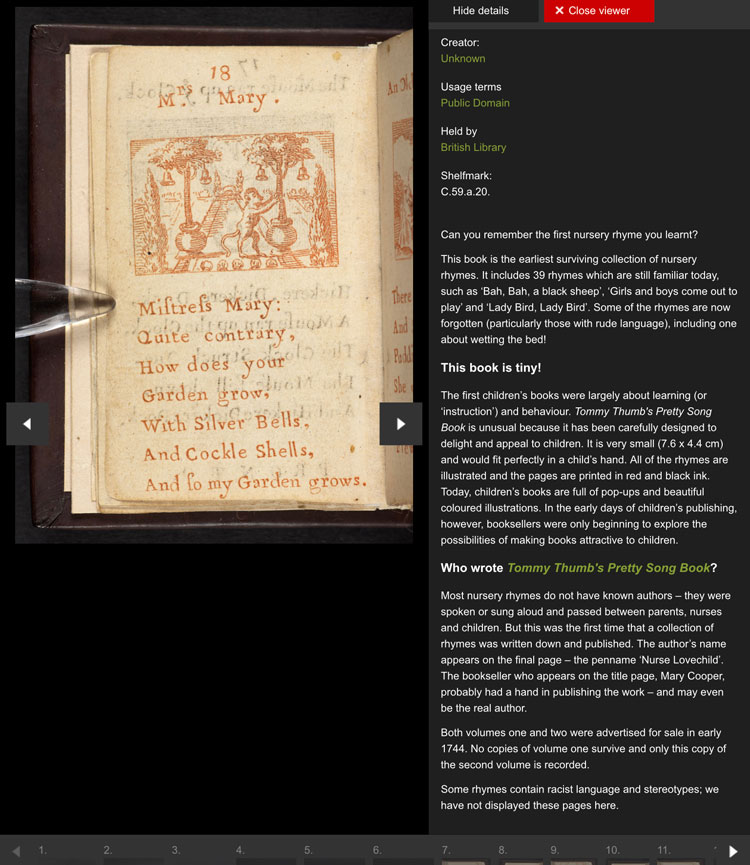Mary Wollstonecraft is regarded as one of the founding feminist philosophers. Feminists often cite both her life and work as important influences. During her brief career, she wrote novels including a history of the French Revolution, a conduct book, and a children’s book. Wollstonecraft is best known for A Vindication of the Rights of Woman (1792), in which she argues that women are not naturally inferior to men, but appear to be only because they lack education. She suggests that both men and women should be treated as rational beings and imagines a social order founded on reason. If you’d like, here is a link to her writings: The Complete Works of Mary Wollstonecraft (10 Books With Active Table of Contents)
Wollstonecraft died at the age of 38, eleven days after giving birth to her second daughter, Mary Wollstonecraft Godwin. Known as Mary Shelley, her best known work was the Gothic novel, Frankenstein who some consider the first science fiction novel.




